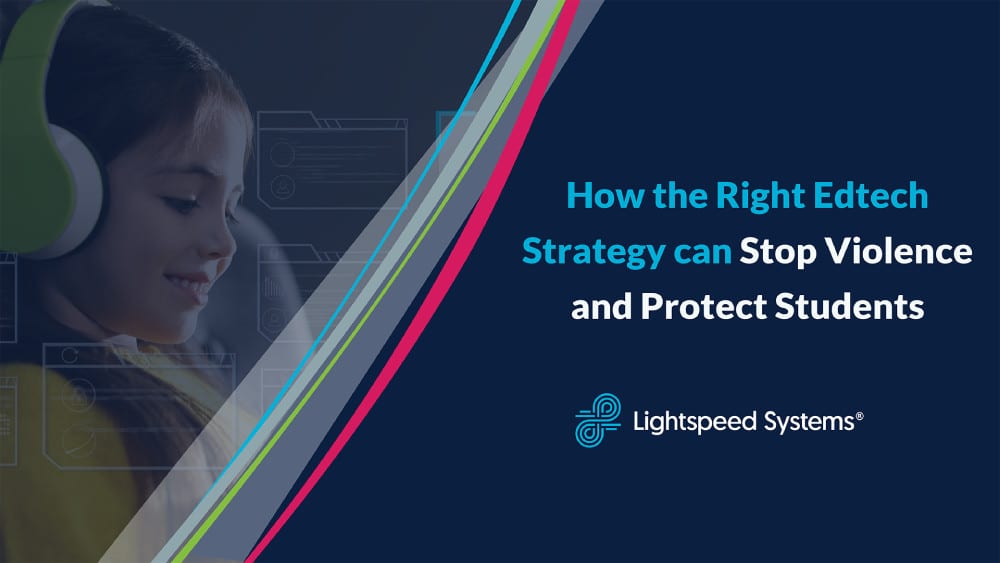
Anyone working in K-12 education already knows the sad truth: students are facing crisis-level threats to their safety. More than a fifth of students are bullied, school violence is on the rise, and suicide rates have nearly doubled over the past decade.
That’s why making sure your district has the right edtech is a matter of life and death. Join Lightspeed in this webinar to learn why your district’s content filtering system must integrate seamlessly with a 24/7/365 safety alerting system.
Key takeaways from this webinar:
- How integrating your district’s filtering with a 24/7/365 alert system keeps your community safe—no matter where students use their devices.
- Why it’s critical to leverage the expertise of safety specialists to help you identify the warning signs that demand immediate intervention.
- Why you need a content filtering system that offers comprehensive coverage—no matter where your students go online.